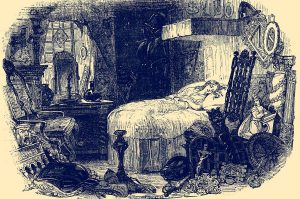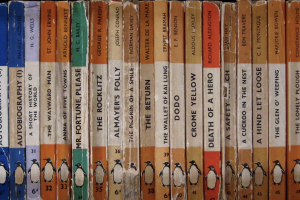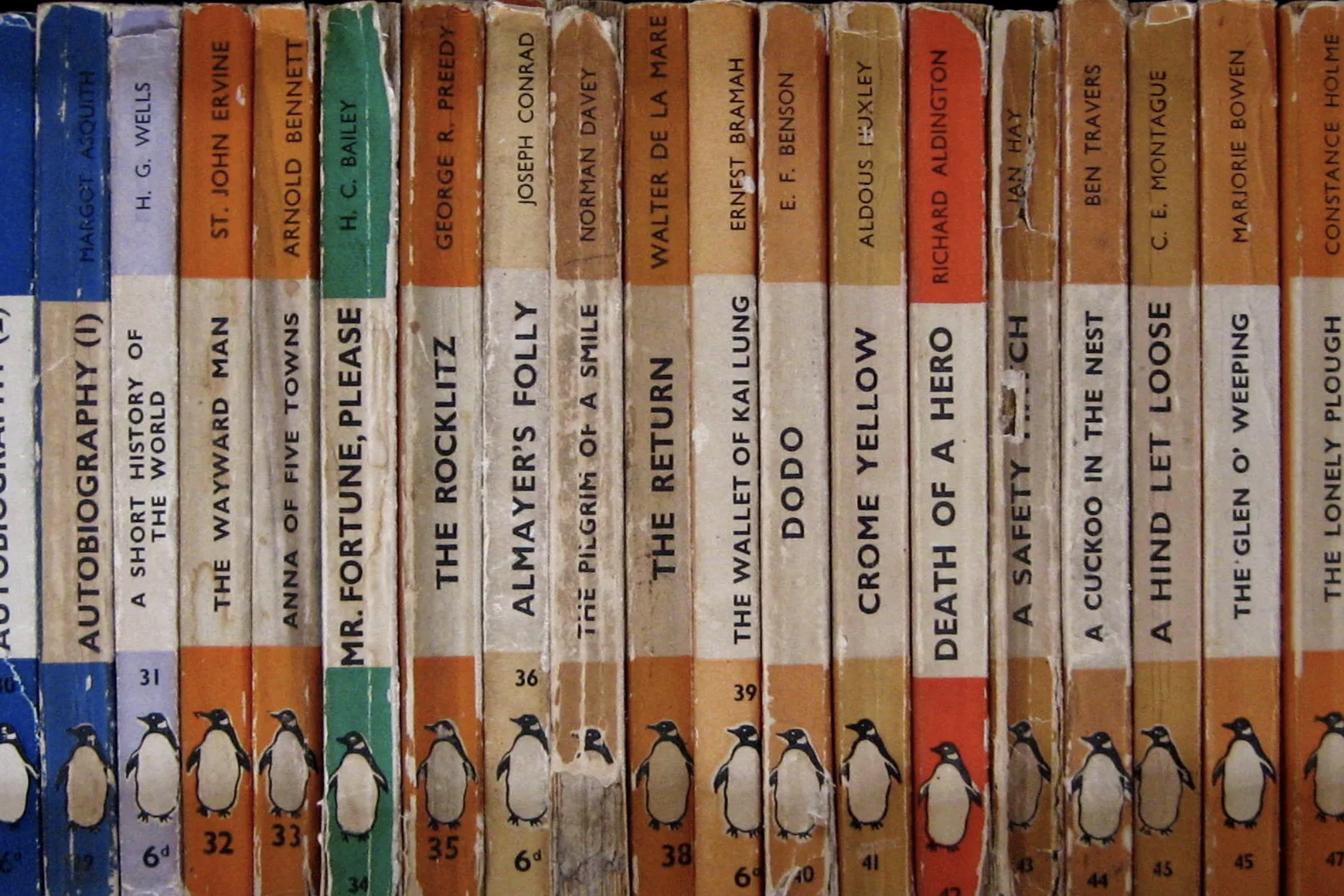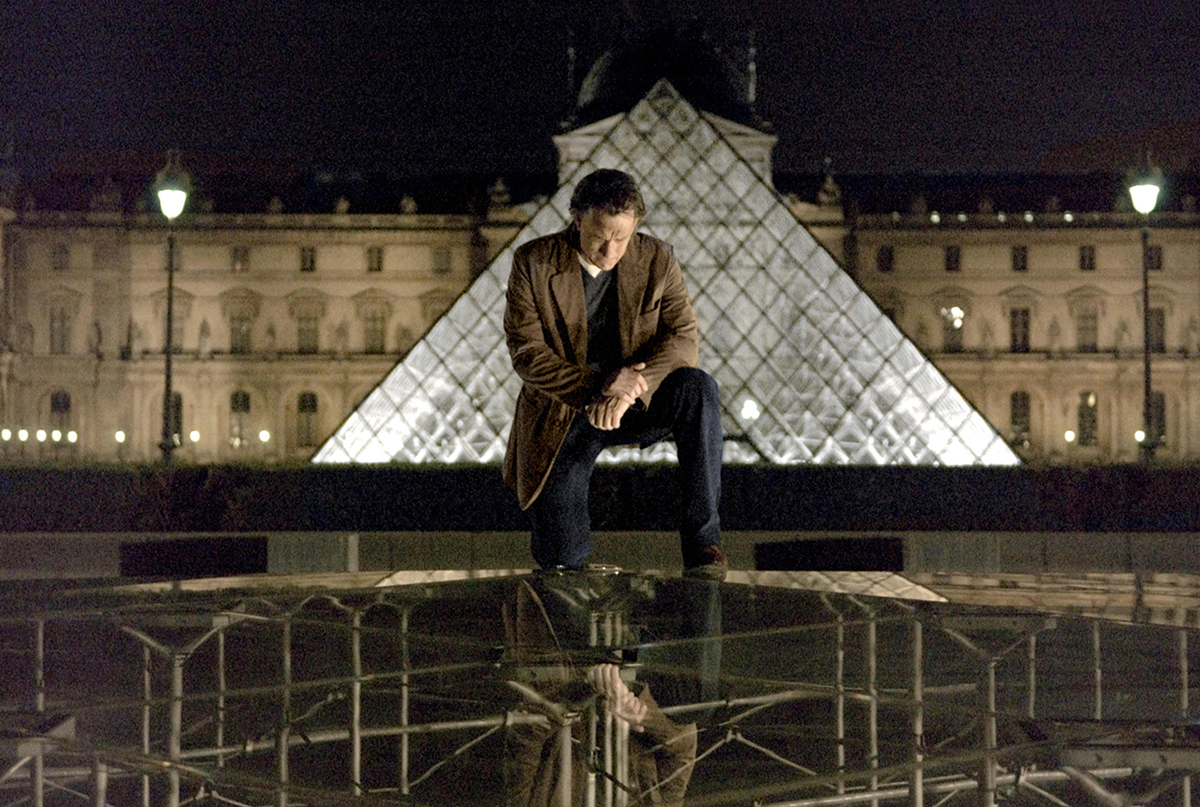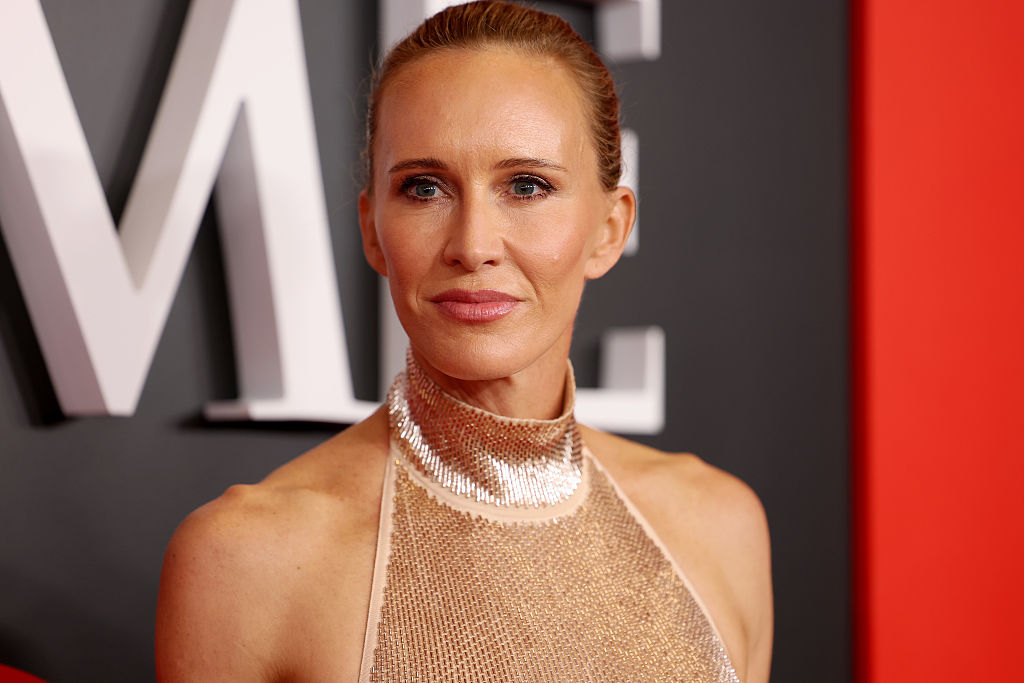“To be or not to be” may be the question but when it comes to eliciting answers, I’ve always preferred Mr. Darcy’s epic conversation starter: “What think you of books?”
Two hundred years on, it has become harder than ever to find out what anyone actually thinks of books – and not just because our attention spans have been so corroded by dopamine addiction.
There are more books published today than ever. TikTok creates relentless literary sensations, and the day after the murder of Charlie Kirk, AI-produced histories were available on Amazon giving “the full story.” If social media is to be believed, everyone is reading so much it’s impossible to keep up. But what matters most is not what you think about books but how your books look.
Conspicuous competitive reading posted on social media first became a phenomenon during the pandemic when we glimpsed the bookshelves of the rich and famous. Reese Witherspoon’s were organized by color. By 2022, the New York Times Style Magazine had become skeptical as to how much actual reading was going on and started to investigate rumors that a “notorious celebrity book stylist” was creating Potemkin libraries.
Nowadays we seem to judge books by their covers and how well they do on Instagram. Model Kendall Jenner once generated 9,506,095 likes with a single post. Her face was obscured, focusing all attention on her micro bikini and her poetry collection, How To Cure A Ghost by Fariha Róisín. She’s been papped on a yacht with Post-it notes poking out of Chelsea Hodson’s essay collection Tonight I’m Someone Else, and spotted poolside at the Hotel du Cap-Eden-Roc, engrossed in Darcie Wilder’s Literally Show Me a Healthy Person (“a brooding cult hit about grief”).
She isn’t the only model/literary influencer. Cindy Crawford’s daughter Kaia Gerber runs a book club called Library Science which has 34 recommendations to date, including Djuna Barnes, Joan Didion and Dear Dickhead by Virginie Despentes. Here in the UK, pop star Dua Lipa interviews authors such as the Pulitzer Prize winner Hernán Díaz through her editorial platform Service95.
Publishers are delighted by all this book promotion. “The bottom line is not ‘Did your book get read?’ – it’s ‘Did your book sell?’” the creative consultant Karah Preiss told the New York Times. Preiss is known for having set up (with Julia Roberts’s niece) a “social media community of readers” called Bel-letrist. “And famous readers sell books,” she continued. “If someone is getting paid to choose books to make a famous person look a certain way, I guess there’s something a little sinister about that. But you know what? Somebody’s got to do it.”
Men, on the other hand, are being warned against engaging in competitive reading, denounced as “performative males” if they do so. “Are modern men really using literature to get laid?” wondered Lydia Spencer-Elliott recently in the Independent. She then set out to define the performative literary man: “He’s carrying a Daunt Books tote bag, there’s a copy of Intermezzo by Sally Rooney in his back pocket and he’s walking his matcha latte and Birkenstock Boston clogs all the way to a reformer pilates class.”
The suspicion is that men are reading just to get attention, which would be considered a sexist slur if, say, anyone suggested Gigi Hadid didn’t really read her pristine copy of Albert Camus’s The Stranger during Milan Fashion Week. But a worse accusation is made of men who read: that it is problematic.
Last year, Dazed & Confused compiled a list of books women should consider warning signs in potential partners. Harry Potter was identified as “the ultimate red flag.” (“I don’t think everyone who shows up at King’s Cross for ‘Back to Hogwarts Day’ is transphobic,” the author said. “But it does indicate a certain indifference or obliviousness to the issue.”) Other men to be avoided include those who read American Psycho by Bret Easton Ellis or “anything by Fyodor Dostoevsky.”
Of course, the kind of men who follow these tips and tricks are exactly the ones to be avoided. They will be googling Barack Obama’s annual list and wandering around town clutching the latest Fitzcarraldo edition. Even I fell for this – back in the dark days, everyone in London was reading Olga Tokarczuk’s Flights like it was a set text.
Mr. Darcy never did find out what Elizabeth Bennet read, so perhaps the last word should go to Caroline Bingley – whose statement on the benefits of reading books purely to impress her crush is immortalized on the £10 note: “I declare after all there is no enjoyment like reading! How much sooner one tires of anything than of a book!” She was on the money.










